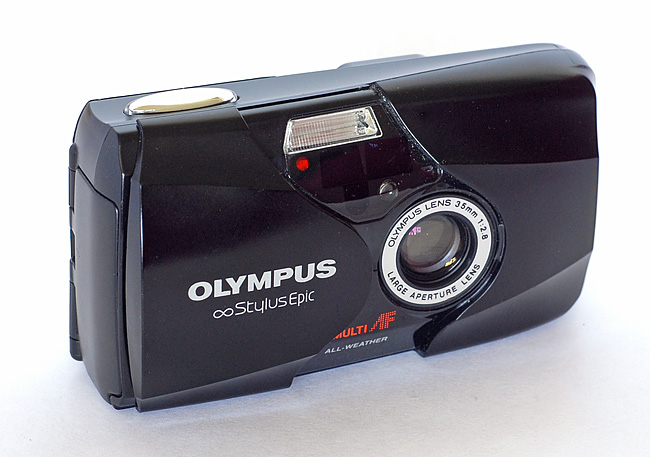
Most photographers have at least two cameras – one for when they set out specifically to take pictures, and another for “just in case” situations. It’s handy to have something small enough to slip into your pocket if you’re just dashing off to the corner store for a carton of milk. A compact camera is also the ideal accessory for a medium-format setup or a full-on 35mm SLR rig. And since I mainly shoot black-and-white, I like to keep a second, small camera loaded with colour film for those occasions when the urge strikes. But even if it’s just a sometimes camera, I don’t want to sacrifice quality for convenience. And that’s why the Olympus Stylus Epic is a firm favourite.
The Stylus Epic is a fully automatic point-and-shoot camera fitted with a 35mm f/2.8 lens. But if you go hunting for one, you’re going to encounter a few variations. (To make matters even more confusing, the same camera was sold in some markets as the Olympus mju.) The two desirable models are the Stylus Epic and the Stylus Epic “dlx,” which is the same camera, but with a date stamp option (which I personally never use) and a “panorama” mode. Don’t get too excited about that feature though — it simply masks the top and bottom off a standard-width 35mm frame, so again, not something that’s terribly useful. What is genuinely useful though is that the Epic is “weatherproof,” meaning, the camera can tolerate getting a little wet, though you shouldn’t go swimming with it.
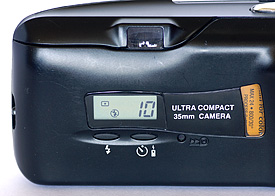
The LCD screen shows the exposure number, flash mode (no flash in this instance), and that the camera is in “spot” meter mode.
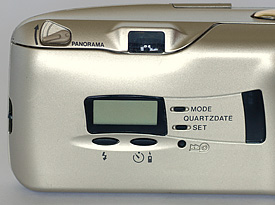
The “dlx” version adds a date/time stamp and panormaic feature. Note the additional buttons and switch.
In addition to the regular Stylus Epic and the dlx version, there are a number of zoom models as well as the original (1991) Stylus. That camera has a larger, boxier body, a slightly less versatile f/3.5 lens, and isn’t weatherproof. You might as well stick with the Stylus Epic though since they’re easy to come by and are reputed to be the best of them all. The fact that the Epic was introduced in 1997 means that a given sample is more likely to be in good working order than one of its older siblings.
Before I get into its quirks and “issues,” let me say up front that the Stylus Epic is a real gem — arguably the finest camera of its type ever made. If a pocketable point-and-shoot is something that works for you, this one deserves to be on your short list along with the Pentax Espio Mini I reviewed here. The pictures I’ve taken with the Stylus Epic have been wonderfully sharp and nicely exposed. It’s solidly built and as small as one could wish for.
One unusual and noteworthy feature is the camera’s “spot mode.” This is engaged by pressing the self-timer and flash-mode buttons simultaneously. You aim the camera at the focus/metering point in your composition, half-press the shutter to lock in exposure and focus, then re-frame and fire. Normally (in non-spot mode) a half-press only locks in focus. This feature works nicely, but unfortunately the camera reverts back to non-spot mode when you power down. And you’ll find you have to use your finger nails to engage the buttons since they are tiny, rubbery, and difficult to work.
Okay, now a couple of minor annoyances. First, the way the camera is programmed to expose, it never stops down past f/11 even in brightly lit scenes. In dimmer light, the camera prefers to open up the lens, rather than shorten exposure times — only after it hits f/2.8 does it start bringing down the exposure speed. As a result, you’re shooting at f/2.8 a lot of the time and will be dealing with limited depth of field. This doesn’t bother me particularly, but it might affect how you use the camera. If you prize great depth of field for landscape shots, I suspect the Stylus Epic is going to regularly disappoint you.
A second, minor annoyance is that the frame count only appears on the LCD when the camera is powered up. I prefer the continuous display used on the Pentax Espio Mini. But you’ve gotta know that if I’m picking on the camera for something as trivial as this, it hasn’t got a lot of problems.
The camera in my collection that most closely matches the Stylus Epic for features and performance is the aforementioned Pentax Espio Mini. The Stylus Epic has a few advantages over the Pentax. First, its tapered body design makes the Olympus more easily pocketable and feel less bulky, even though its outside dimensions are not terribly different from the Pentax’s. The spot meter and fast lens are also pluses for the Olympus. But the two cameras are really far more alike than different, and it’s usually a coin toss as to which one I load with film. If you’re in the market for a small point-and-shoot that delivers excellent and consistent results, either will do, but you’re far more likely to end up with Sylus Epic simply because there are so many more of them around. And that’s not a bad thing.
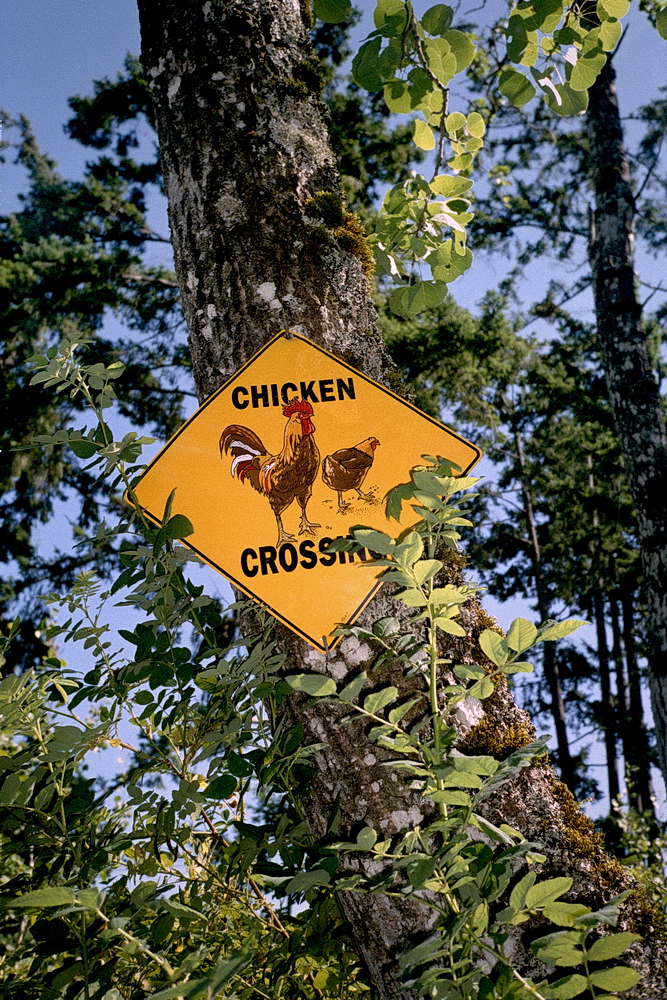
(Camera: Olympus Stylus Epic; Film: Fuji Superia 200)
Did you find this article interesting or helpful? If so, consider using this link the next time you shop at Amazon.com. Better yet, bookmark it for future use. Thanks to Amazon’s associates program, doing so costs you nothing yet helps keep this site up and running. Thanks!
For more of my camera reviews, click here.

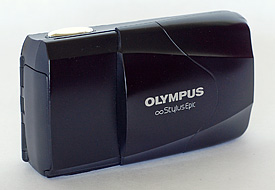

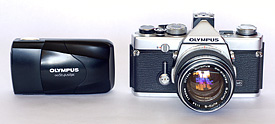

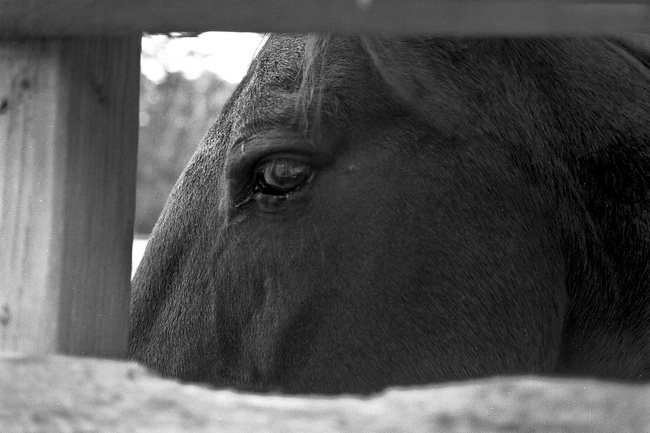
 Subscribe with RSS
Subscribe with RSS
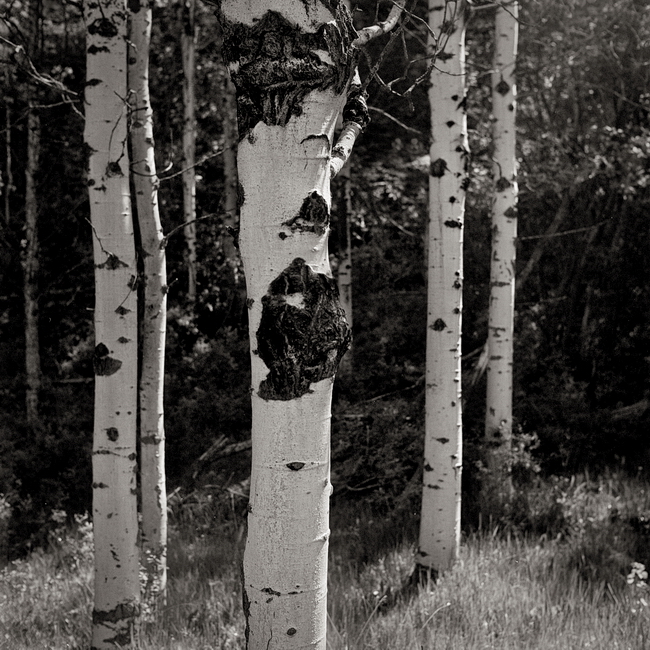
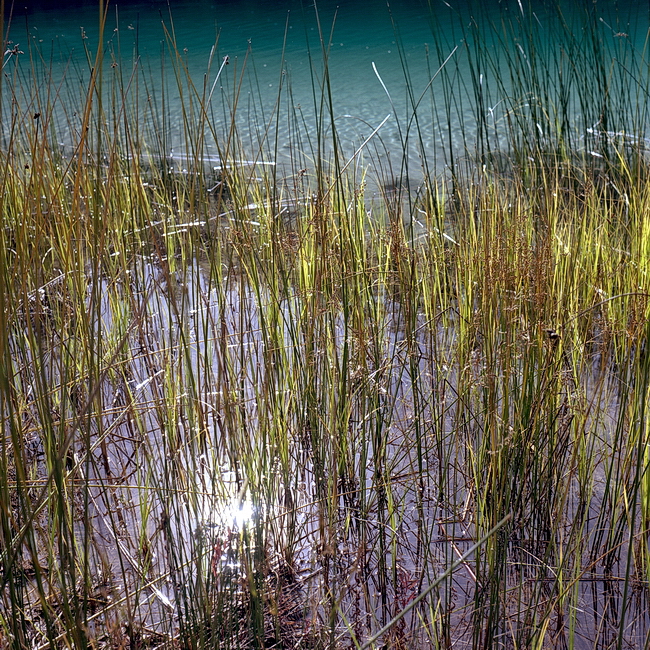
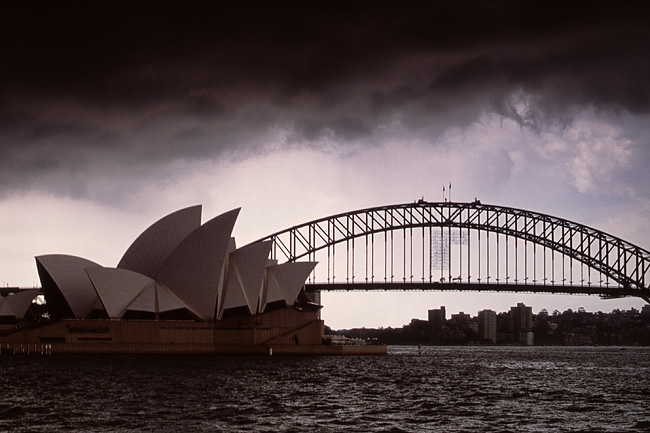
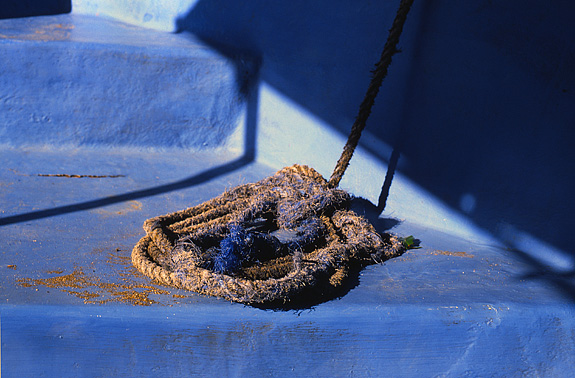



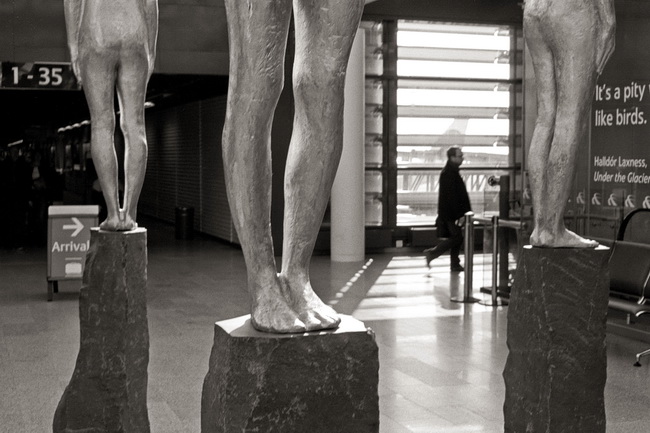
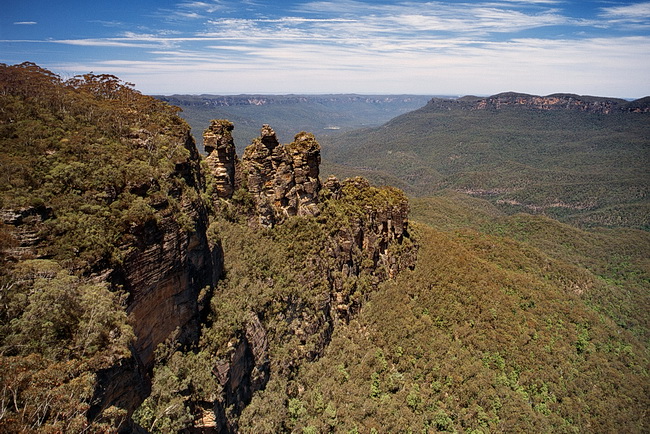
I recently picked up a olympus stylus epic zoom 115 deluxe for $2 and was wondering if it is any good? Would it be worth it for me to carry it around and use it or would the picture quality be less desirable?
Thanks
I was going to get the ‘Limited’ version of this camera (Epic Stylus) as I can’t seem to locate a regular Epic Stylus. Is it more or less the same just with some fancy accents and different colored body?
From what I can glean from Olympus’s web site, it does look like the same camera but with some cosmetic differences. Surprised to hear you haven’t found a regular one — they’re pretty common.
Hi John:
I don’t have any direct experience with this camera — it strikes me that you’re in the best position to determine if the camera will meet your expectations. Load up some film, and have a go!
Pingback: 24 Frames in May. #2 made my jaw drop! | David Wolanski Photography
Just bought an Olympus Stylus Epic DLX at a car boot sale for 1 euro!! Looking forward to having some fun with it and seen that it’s had some good reviews.
Pingback: INTERVIEW: TOM BOUCHARD / STOLEN GROUND (PHOTOGRAPHER + ZINE PUBLISHER) – DIY YOUTH
I have one of these. I originally got it for my teenage son around 2004 (it cost about $130 at the time), but within a couple of years he wanted a digital camera, and the Epic reverted to me. It became my “second camera loaded with color film”, being carried along with my assorted Minox, Nikon, and OM cameras mainly loaded with b/w.
It’s a great little shooter, truly pocketable and capable of fine images… but I also take issue with its exposure programming that favors wider apertures over slower speeds. It sometimes fails for sharpness. And there are some other quirks – like having to turn off the automatic flash every time you open the camera, and how it runs the film “backwards” so the edge numbers are upside down.
But you have to like that fixed 35mm/2.8 lens. Especially, if like me, you’re not a 50mm-POV fan and much prefer using fast 35 lenses on your other 35mm cameras.
(Years earlier, I had another point and shoot with an even better 35mm/2.8 lens, the Nikon OneTouch [aka LF35AF2]. Although it was larger and less advanced [early 80s design], it produced really beautiful images… and only rarely made exposure or focus errors. And it ran on cheap/ubiquitous AA batteries! I don’t understand why the fixed-lens OneTouch isn’t just as revered/popular as the Stylus Epic now.)